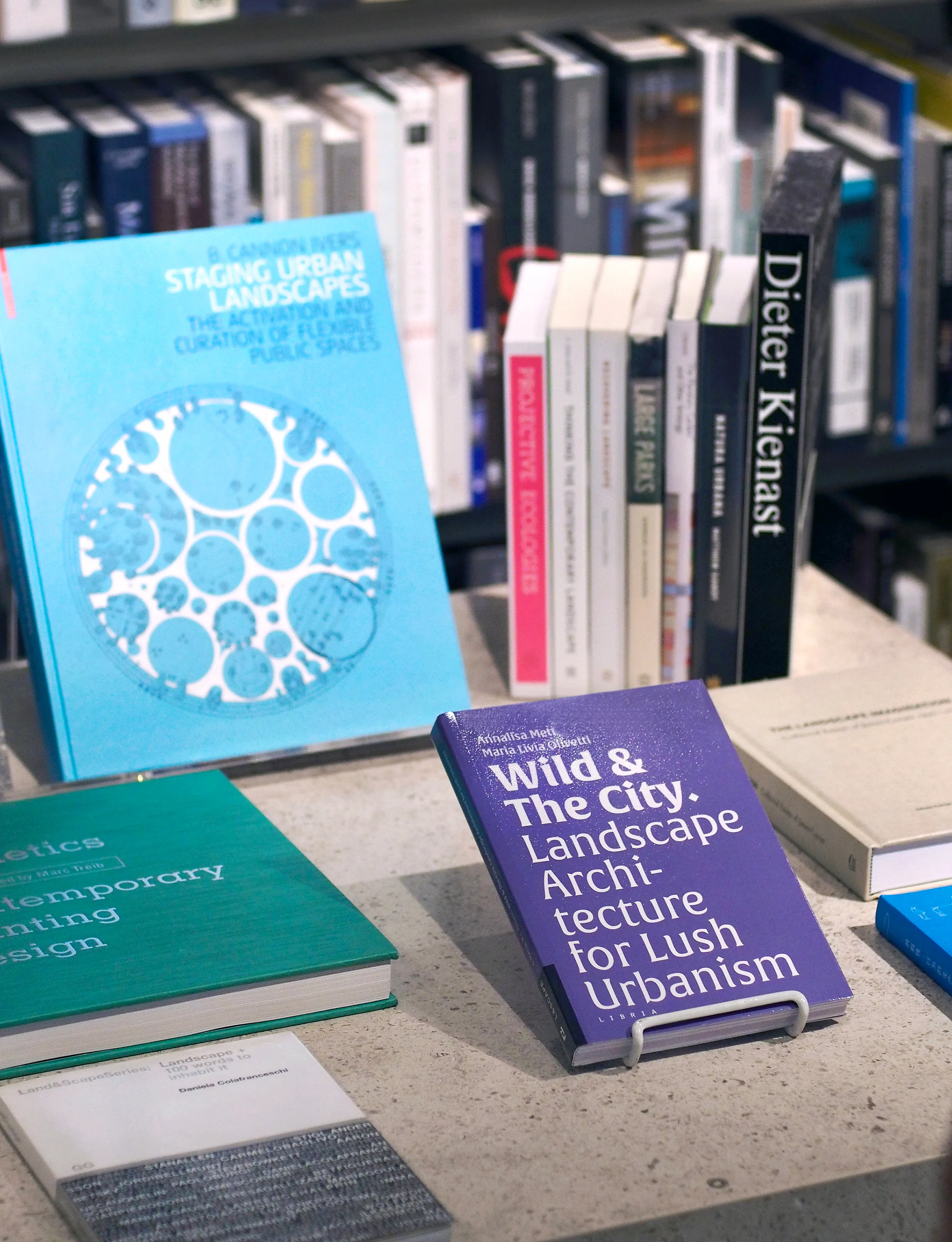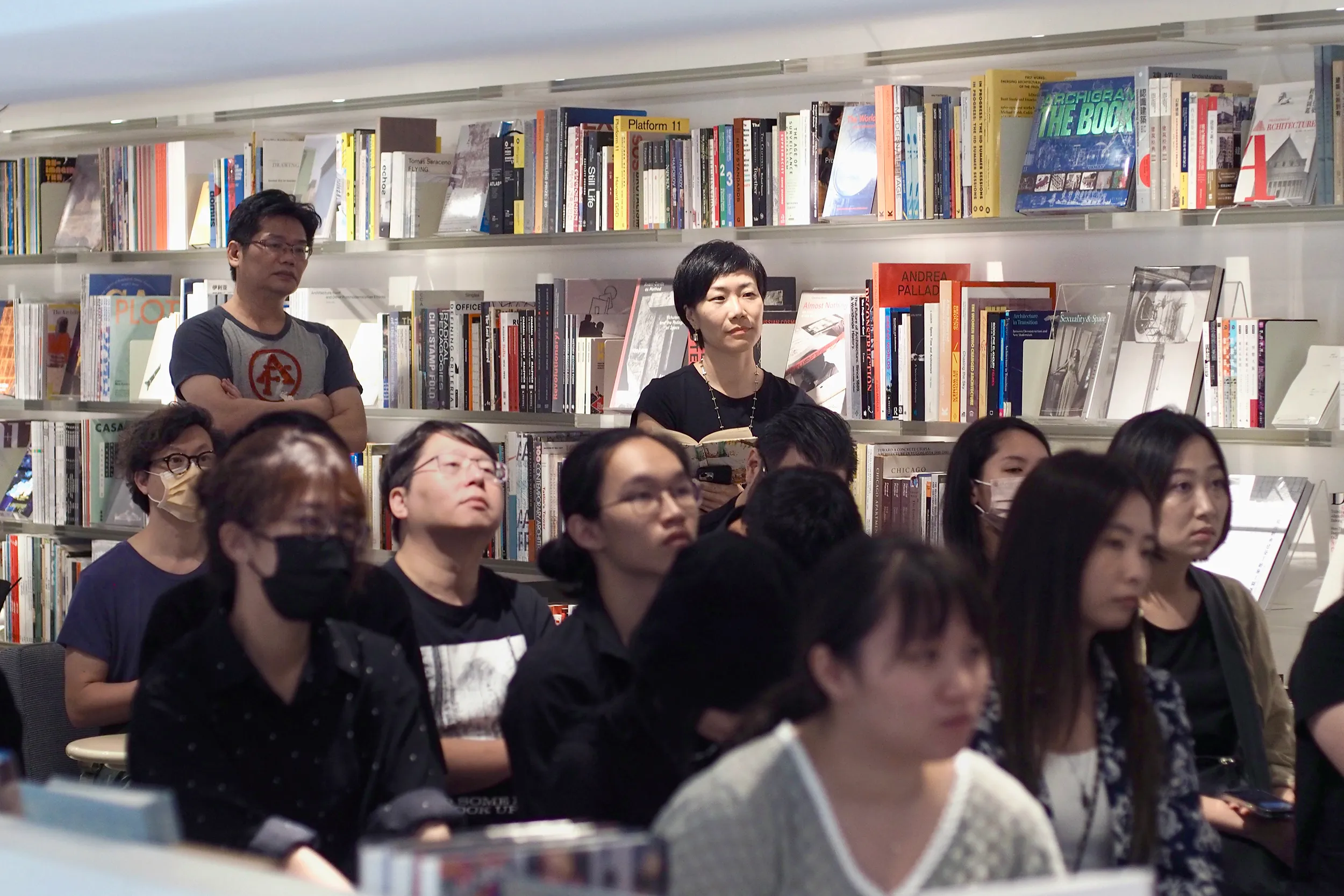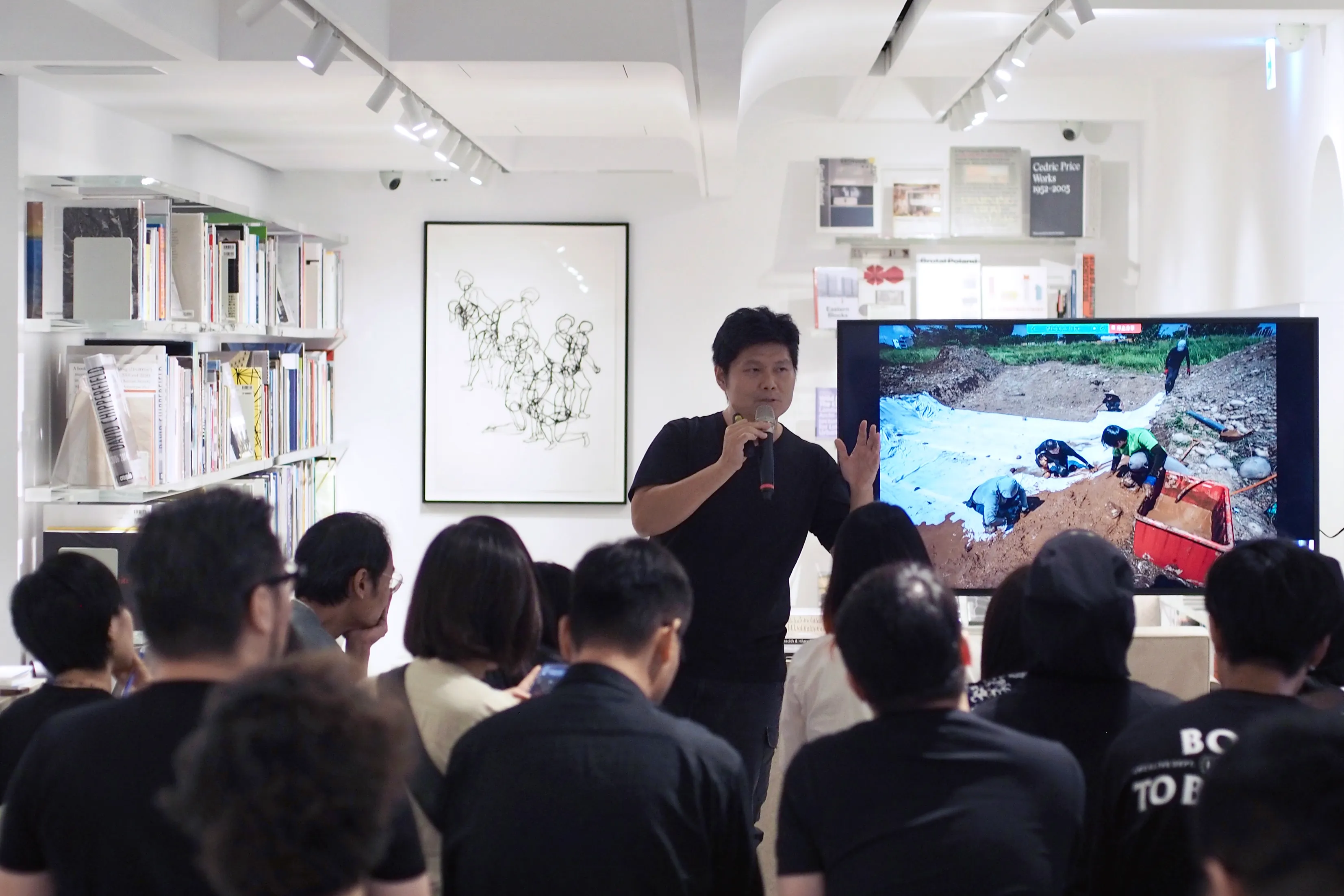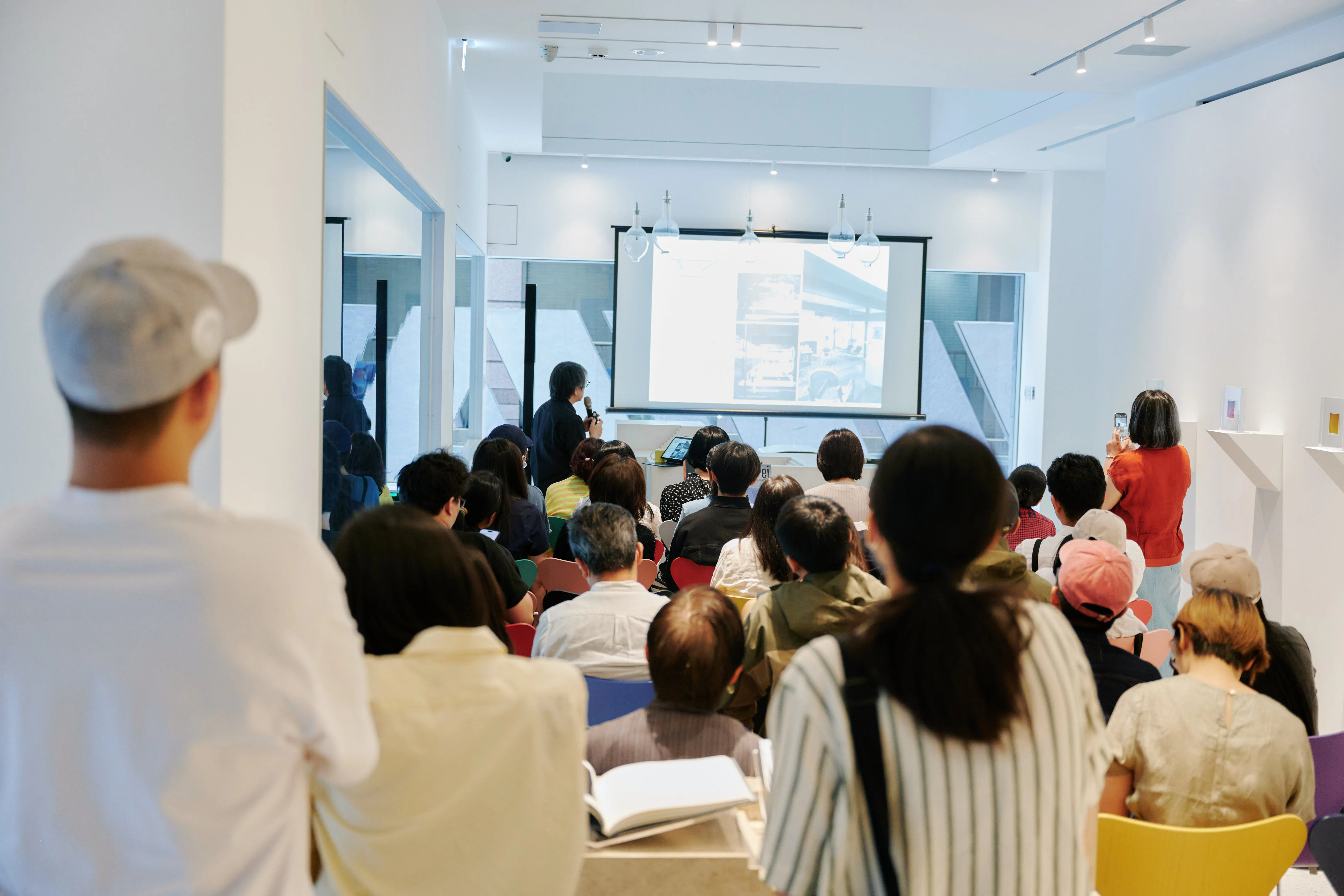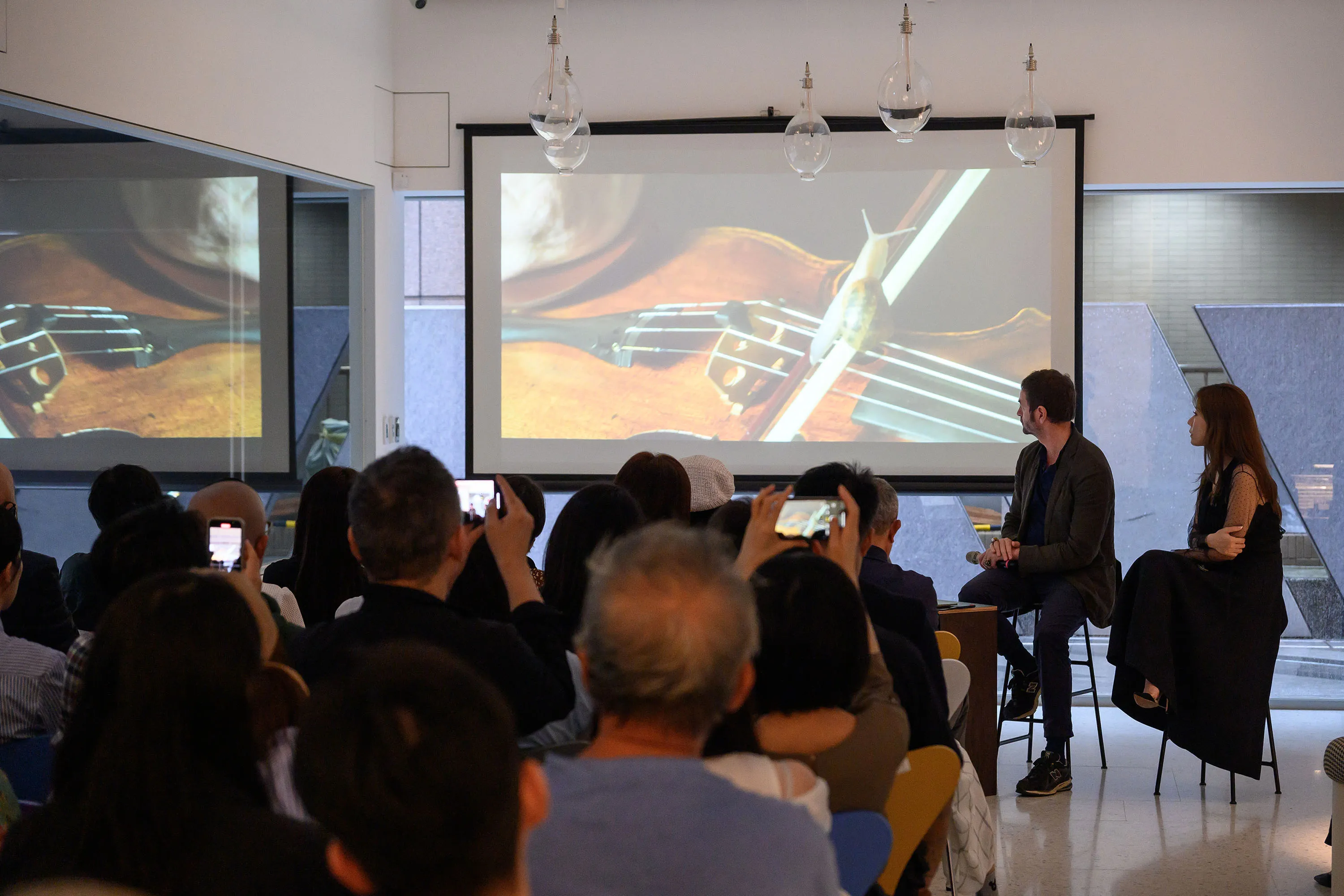
BOOKTALKS| Urban Landscape Lecture Series—Wild and the City. Landscape Architecture for Lush Urbanism
Guided Reading
Su Mengzong, Assistant Professor, Department of Architecture, Donghai University
presiding
HUI-FANG LIU ASSISTANT PROFESSOR, DEPARTMENT OF URBAN DEVELOPMENT, TAIPEI CITY UNIVERSITY
Conversation
CHAN XUAN SHENG ASSOCIATE PROFESSOR, DEPARTMENT OF ARCHITECTURE, CHUNG YUAN UNIVERSITY
Luo Yat-Ching Assistant Professor, Department of Architecture and Urban Design, Chinese Culture University
Yu Hsinko, PhD Candidate in Urban Studies, TU Delft School of Architecture
locations
Wen Shin Art Center (No. 6, Lane 10, Lane 180, Section 6, Section 6, Minquan East Road, Neihu District, Taipei City)
fees
Free admission, advance registration is required ($150 is available at the on-site bookstore and discounts on books and drinks are available)
Event Content
“Prov. The public. The Decisive Tomorrow World series of lectures extends to a late-night reading session for selected books in the arts of literature. Launched by the Wen Shin Arts Foundation, Liu Huifang, Assistant Professor of the Department of Architecture and Urban Design, Culture University, invited experts in digital architecture to submit their favorite theoretical works in the fields of landscape, cities, architecture, and more. Unlike previous discussions of pure architecture, we look at cities, buildings, and public spaces from a more diverse perspective, discussing concepts such as Urbanism, Commonality, Publicity, and Future Cities in the book. The first episode was brought by Professor Su Mengzong, “Wilderness and the City: Landscape Architecture Towards Dark Green Urbanism” (Wild and the City. Landscape Architecture for Lush Urbanism)'s introductory reading.
Wilderness and the City: Landscape Architecture Towards Dark Green Urbanism is co-edited by Italian scholars Annalisa Metta and Maria Livia Olivetti. The wildness in the city appears for a variety of reasons, sometimes due to lack of attention and sometimes deliberate. We gradually developed a mutually beneficial relationship with the so-called “nature” of the post-industrial society. Undisturbed ecosystems and wildlife are becoming increasingly common in contemporary European cities. Untamed land is expanding, inhabited by animals and insects that threaten us, and invasive species that disturb local plants, while dense jungle occupies the roofs and exterior walls of parks and the most fashionable buildings. IN THIS CASE, WILDERNESS CAN BE EXPLOITED BY DESIGNERS TO RESPOND TO DIFFERENT ISSUES: REGENERATING ABANDONED AREAS, BUILDING SUSTAINABLE INFRASTRUCTURE, REVITALIZING VALUABLE PUBLIC SPACES, IMPROVING THE ECOLOGICAL FOOTPRINT OF NEWLY POPULATED SETTLEMENTS, PROPOSING NEW PRACTICES AND SOCIAL RITUALS, RESPONDING TO CLIMATE CHANGE, MEETING PEOPLE'S NEEDS AND HOMES People's “lust for nature” and so on.
From a critical perspective, the book interprets clues to the current relationship between “wilderness” and “city”. On the one hand, exploring the positive value of wild landscapes in improving urban quality from the point of view of beauty, health, and livability, on the other hand, questions the risk of wilderness as a popular term, which will contribute to an anti-urban stance or cheap green policies. Its purpose is to explain the various interpretations generated by urban wilderness, which continue to find their differentiating elements in the unstable relationship between cities and nature.
Event Review
Propopular refers to the general public, but also “pro” in tune with the public; the world of tomorrow often plays out as the evil empires in movies or books, or even the utopia of the ideal fantasy; the Decisive is an attitude of reflection. Regardless of professional and out-of-doors, the first book takes us to a discussion of the urban landscape with a reflection on the future. Wilderness (or wilderness) corresponds to the city, nature to man; in the city, nature can be an aesthetically deliberate arrangement of planners, or a randomly developed presence in a metropolis. In the last twenty years there have been many attempts to coexist with wilderness and cities, such as the Declaration of the Third Landscape published in 2004 by Gilles Clément of France (1943-) (Manifest du Tiers Paysage), advocating “go to design”, simulating the autonomy of nature. It is also mentioned in the book that we think we can control nature, which is a big misconception. Designers should learn “how not to do things”, not solve all problems with rationality and let users define space themselves; and of course convince the public that “useless things are useful”, because there is a basis The ground is filled with functionality, and there is no more space that can be used flexibly. So here comes the question: to what extent can we (or people) accept for “wilderness”? Lead reader Sue Mengzong responded: “Many of our ideas about the wilderness are in fact a romantic projection of modern industrial civilization towards nature. After the 21st century, all languages and values are being replaced, and perhaps we will slowly begin to accept what the wilderness will look like.”

